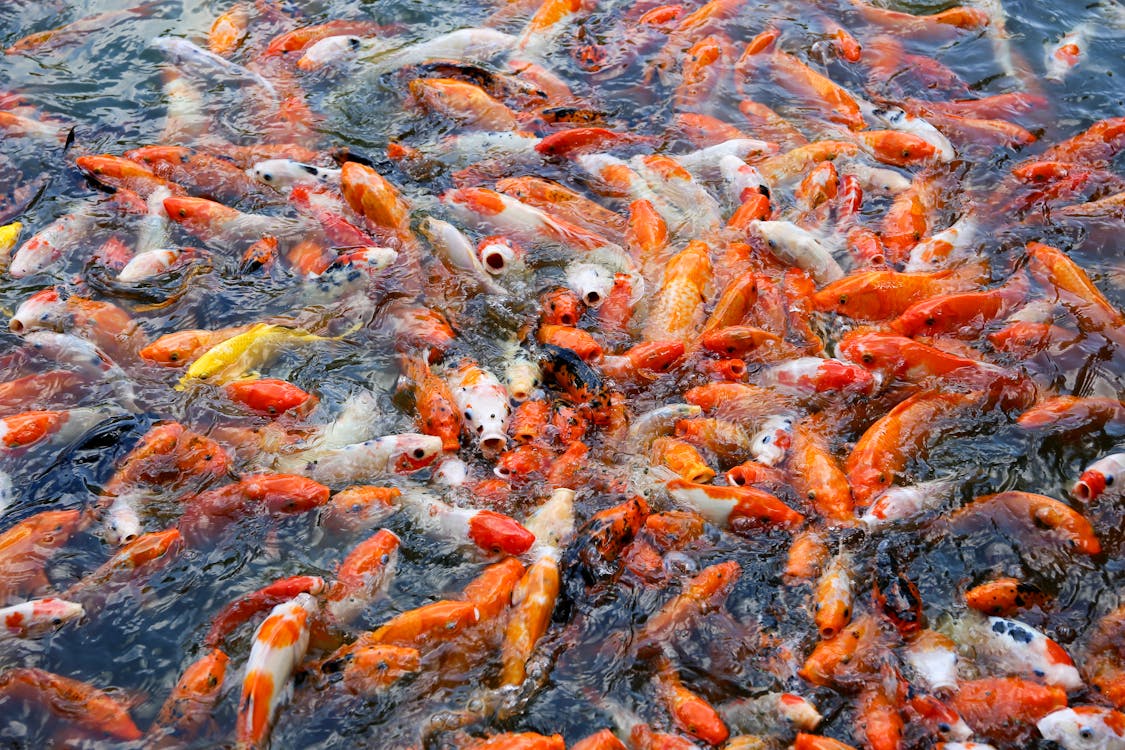
Native to East Asia, soy is a nutrient-rich legume with numerous health benefits, from reducing the risk of stroke, cardiovascular diseases, cancers, and some heart diseases. It also lowers cholesterol levels and eases menopause symptoms.
Soy’s high protein and low carbohydrate content have made it an excellent plant protein for consumers observing vegetarian and keto diets. Soy is also available in various forms, from soya milk to tofu, soya sauce, and tempeh, appealing to many people.
However, as soy’s demand increases, some people question the legume’s sustainability, including its cultivation and environmental effect. Soy is a nutritious, healthy, and sustainable protein source with many uses, from food to animal feeds, packaging, and fuel. Quality and purity matter when buying soy, and soy protein provides you with access to crucial information about soy.
Read on to learn five reasons soy is a sustainable solution for human health.
Table of Contents
1. Plant-based Protein
People need proteins to promote crucial body functions like tissue repair, strong immunity, and growth. While animal and plant-based proteins provide much-needed nutrients to the body, animal ones have vast amounts of cholesterol and saturated fats. Also, excessive animal protein consumption can increase cancer risk, bone disorders, heart diseases, and obesity.
Research shows that soy has high-quality proteins of 36-46%, making it a viable source of plant protein. It contains the nine essential amino acids that make a complete protein. In fact, mature soybeans have more protein content than beef steak.
Besides proteins, soy contains calcium, zinc, fiber, B vitamins, and unsaturated fatty acids. Also, it is rich in isoflavones, which have antioxidant, antimicrobial, anti-cancerous, and anti-inflammatory properties. Soy’s excellent nutrient profile makes it ideal for developing a sustainable food system and meeting the protein needs of the ever-growing global population.
2. Innovative Soy Farming

Like other foods, the cultivation of soy has environmental implications. Fortunately, soybean farmers locally and across the globe are embracing sustainable farming characterized by efficient land, water, and energy use. Also, they practice crop rotation and cover crops and alleviate pesticide use to protect the soils for future generations. Consequently, the carbon footprint of soy has been reduced substantially. US soybean farmers reduced greenhouse emissions by 43% since 1980.
3. Biodegradable Soy Packaging

While packaging offers a safe and convenient way to protect a product from damage and external factors, it contributes significantly to pollution. Single-use packaging ends up in waterways and landfills, endangering humans and aquatic life. Also, it is resource-intensive, requiring tons of energy, water, fibers, and chemicals to produce. The EPA reports that food and food packaging materials account for almost half of municipal solid waste.
In line with these saddening statistics, it is increasingly important to identify sustainable packaging options to reduce waste, conserve resources, and lessen carbon footprints and emissions. Soy-based plastics are a good candidate since they are renewable and use biodegradable materials to cut the waste ending up in landfills. Also, they are a sustainable alternative to fossil fuel-based plastics, notorious for their huge carbon footprint.
4. Soy Biodiesel
As the prices of crude oil soar, soy offers an excellent way to keep vehicles, equipment, and planes operating affordably and environment-friendly. Biodiesel, a soy-based diesel fuel, is renewable, domestically produced, and high performing. Also, it has superior lubricity and lower emissions than petroleum-based diesel.
Biodiesel is also good for the economy, creating more than 3,000 jobs and pumping $1.3 billion into the Missouri economy. It also supports soybean agriculture as more soybeans are grown and manufactured for meals and oil.
5. Animal Feed
Did you know 80-90% of soybean products are used for animal feed? In 2020/21, the global soybean production stood at approximately 362 million metric tons, with Brazil, Argentina, and the US leading the way. This enormous production is motivated by government subsidies and increased soy demand worldwide.
Soybean provides cattle, pigs, fish, and poultry with the proteins, amino acids, and energy required to grow, reproduce, and maintain health. Soy’s digestibility is a plus, and animals get essential nutrients quickly. Soy also supports aquaculture, with 25-30% of the fish diet being soy.

6. Byproducts Valorization
One of the biggest ways soy is sustainable is because its byproducts, such as soy flakes, okara, hull, soy meal, and soy whey, are valorized to create a zero-waste system and protect the planet from the adverse effects of waste.
Most of these byproducts are nutritious and can be used for human consumption or industrial purposes. Soymeal, for instance, is easily digestible, nutritious, and a cost-effective protein, helpful in tackling malnutrition and hidden hunger in vulnerable populations. Similarly, other byproducts help manufacture bioplastics, cosmetics, pharmaceuticals, and soap.
Soy is a natural and sustainable ingredient in beauty products like creams, shampoos, moisturizers, body washes, and lotions. It replaces the harsh and toxic chemicals in these products and increases performance while enhancing health. With more than half of US adults opting for natural and environment-friendly products, soy-based products can increase customer satisfaction and loyalty.
Conclusion
The increased demand for soy has led its opponents to question its benefits and sustainability. Soy’s excellent nutritional profile and wide applications in fuel, animal feed, and beauty products prove its sustainability. Soy is sustainable, helping to preserve mother earth for future generations!



